Nestled on the banks of the River Stour in Essex, Manningtree is often said to be England’s smallest town (though Fordwich in Kent might contest that!) Yes, Manningtree is small but it is worth visiting.
I was once on a Finnair flight from Helsinki to London and sat beside a Japanese woman who had travelled from Japan and this was her connection to the UK. She told me she came every year to go to Manningtree. That really should have been enough recommendation, and even though I was born in the county, I hadn’t been to visit until recently.

A Town Steeped in Wool and Witchcraft
Like many Essex towns, Manningtree thrived during the 15th–18th century wool trade and its prosperity is reflected in the Georgian architecture lining its streets.
This was also where the infamous “Witchfinder General” Matthew Hopkins lived in the 1640s leading to the executions of women accused of witchcraft.
Natural Beauty
Manningtree sits on the edge of the Dedham Vale Area of Outstanding Natural Beauty. You can walk alongside the River Stour to see the landscapes immortalised by the artist John Constable. And bike rides are popular along the Blackwater Rail Trail – a converted railway line transformed into a recreational path.
Charming Little Town
Most of the shops and interesting buildings are on the High Street. I started at Manningtree Library where there is the one-room Manningtree Museum (open for a few hours three days a week). Then continued my walk to see the independent shops and galleries.
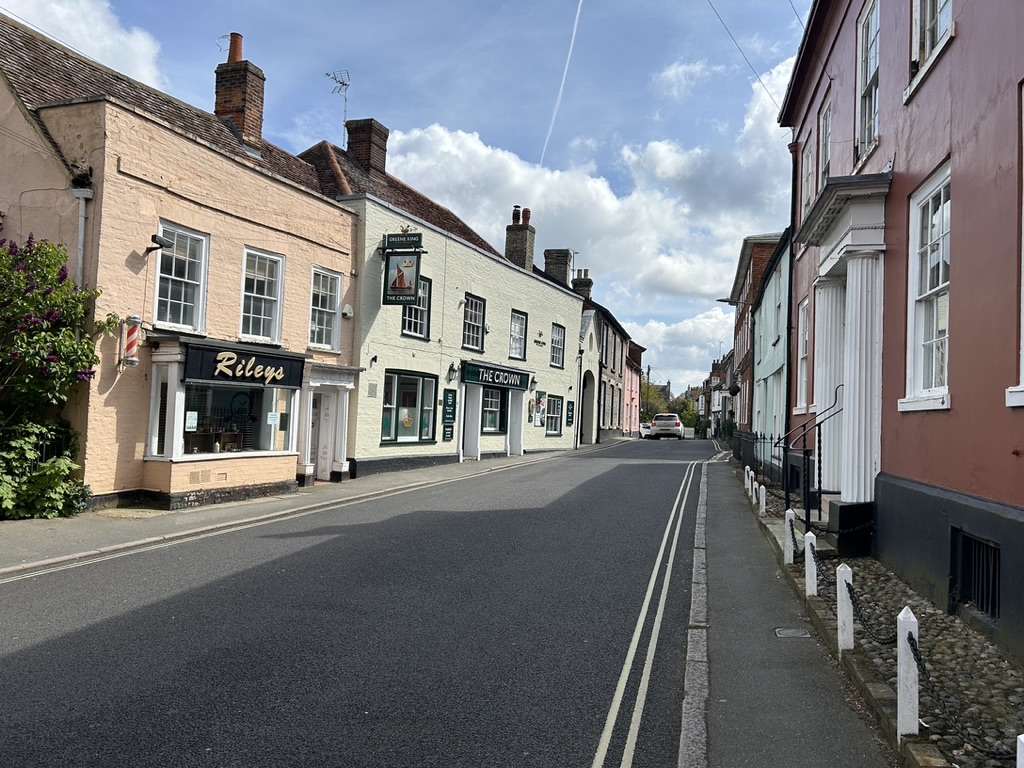
I was impressed at the excellent window displays along the High Street which drew me into a few places. The Wholefood Store is great if pricey. And next door, NaviStitch is a wonderful well-priced gallery.
On South Street there’s Winyl – an independent record shop, Manningtree’s oldest pub the Red Lion and the oldest Methodist church in Essex.
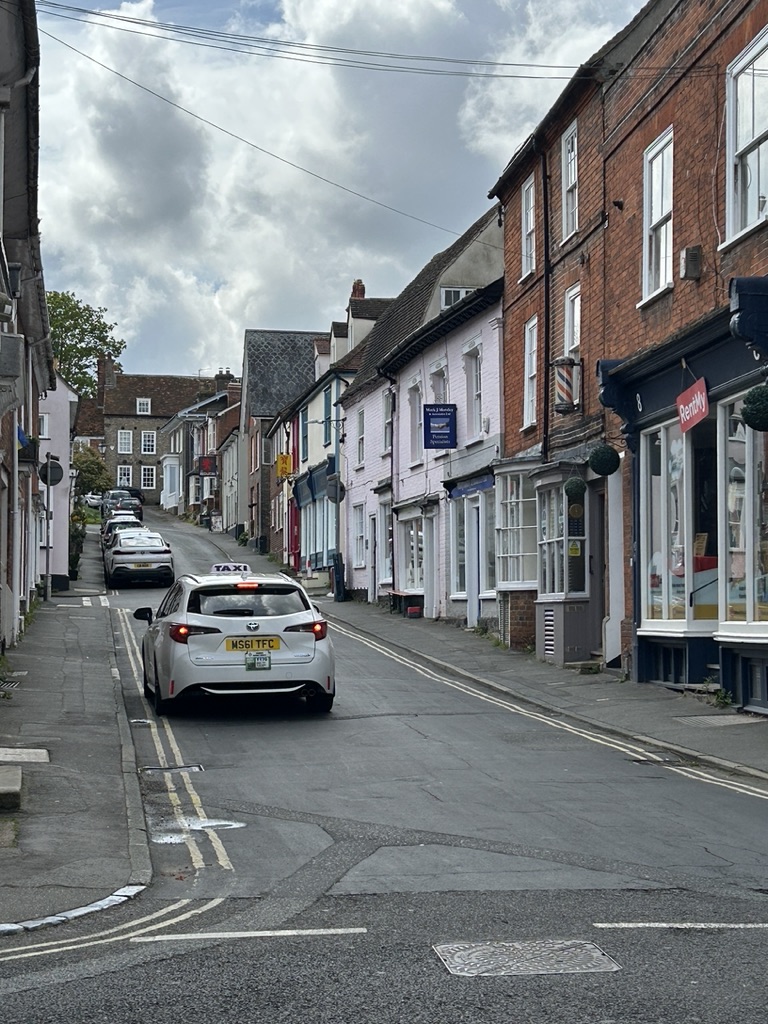
North House Gallery is only open on Saturdays so I didn’t get to visit this time. But there are lots of events in the town organised by the Manningtree District Business Chamber to give reasons to return including a beer festival, regatta and Mayflower Trail Challenge. (Most seem to have Facebook event pages.)
Who Lives There?
You can tell a lot about the local population by the shops on the High Street. I saw three funeral directors (so an older population) and a co-working space (those who moved there to commute to London but ‘work from home’ too). Manningtree Arts reinforced the idea that many artists and creatives live in the area, and the beauty parlours and hairdressers let us know that women here look after their appearance.
Food and Drink
While I saw a selection of pubs and takeaways, I didn’t see a cafe. It definitely sounds like the crowd who would want to go for coffee and cake but I didn’t see where they gathered.
For lunch, I went a bit out of town to Tea at The Quay in Mistley which I’m happy to recommend – and not just for the lovely views of boats on the water.
My Favourite Place
My stand out ‘oh my, I could stay for hours’ place was Manningtree Emporium. Rather like God’s Own Junkyard, it’s on an industrial estate and doesn’t look like much outside. But once you enter it’s an absolute treasure trove.
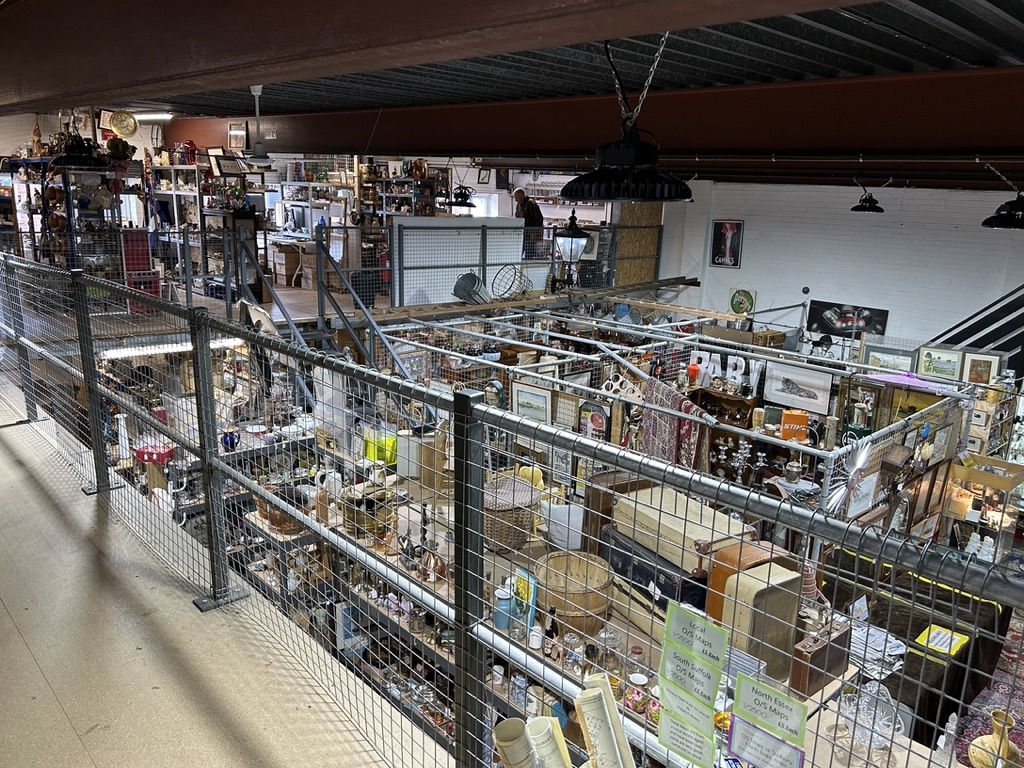
Over 50 vintage traders add to the stock regularly so you never know what you might find. It could be royal commemorative tins and mugs. Or fine jewellery. Or old postcards, crockery, medals, books, records and more. I came away with a wooden brick mould, a glass ‘head’ planter and an emerald ring for my daughter’s 18th birthday.

It was wonderful and I can’t wait to return.
How To Get To Manningtree
I drove from northeast London and it took about 1.5 hours. But you can easily get a direct train from London Liverpool Street in under an hour.
The town is small enough to walk around (and Manningtree Emporium has a lot of small items so don’t miss that).
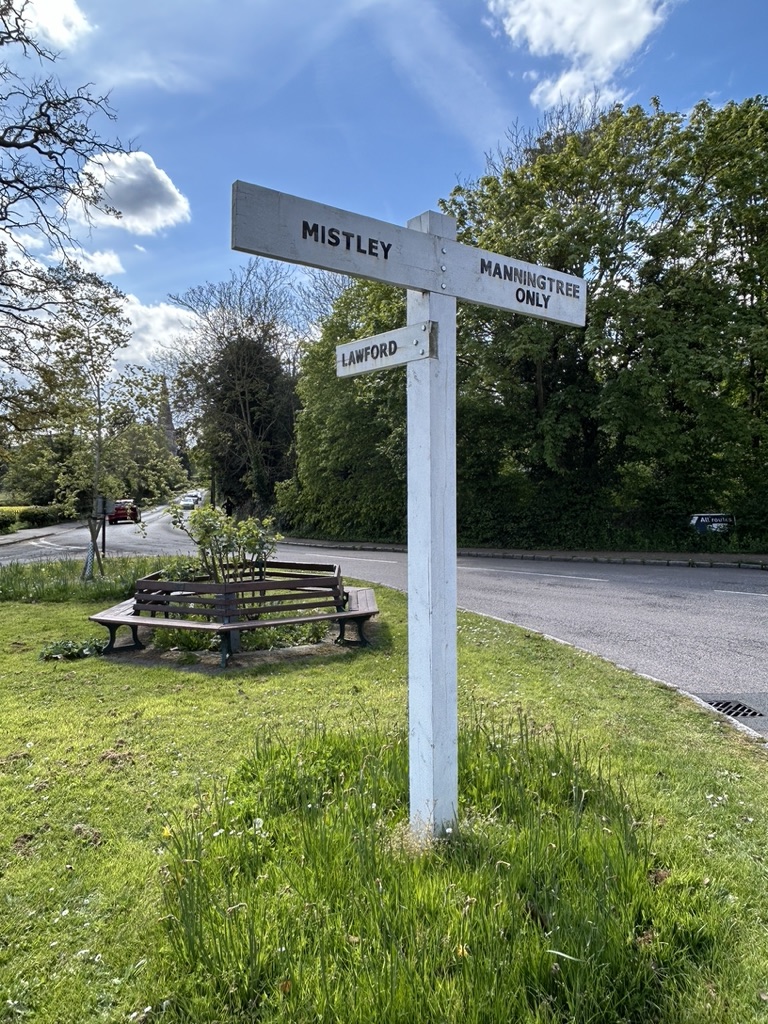
What Else Is In The Area?
You can walk to Mistley Towers or go one stop on the train to Mistley (and then have tea at The Tea at The Quay cafe).
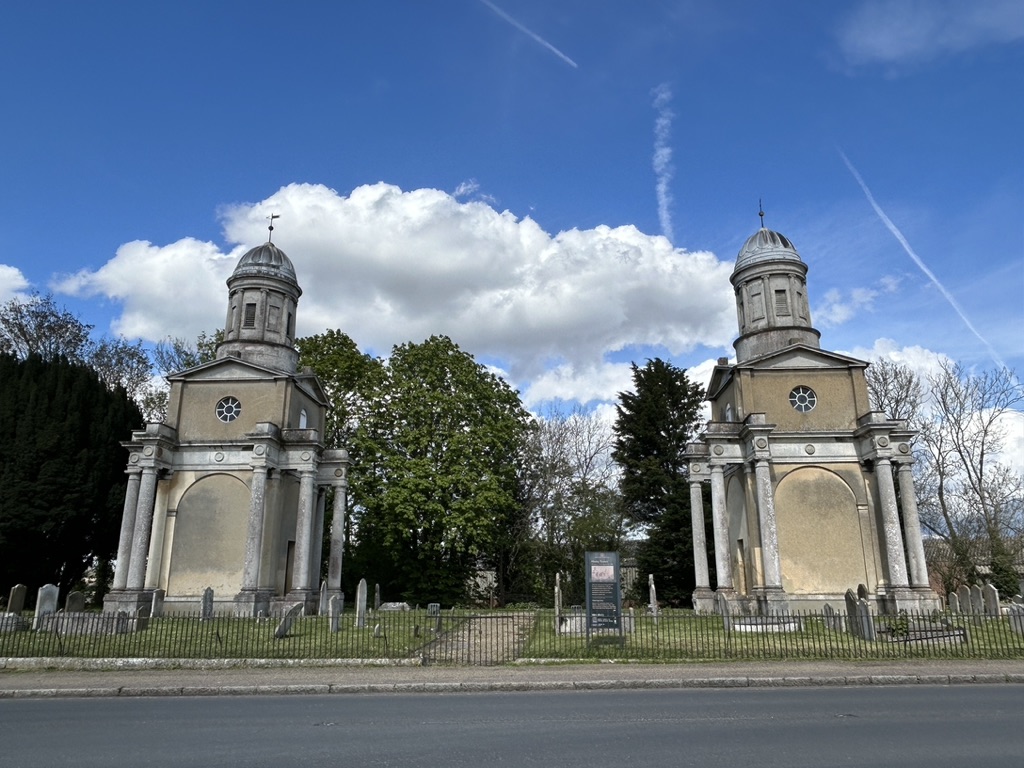
Then go one more stop on the train to Wrabness (or a short drive) to see A House For Essex. It’s a holiday let so you can’t go inside unless you book. But you can walk around the outside and admire the Grayson Perry-designed building. It was created as a homage to a fictional Essex woman called Julie Cope. (Read more about it here.)
